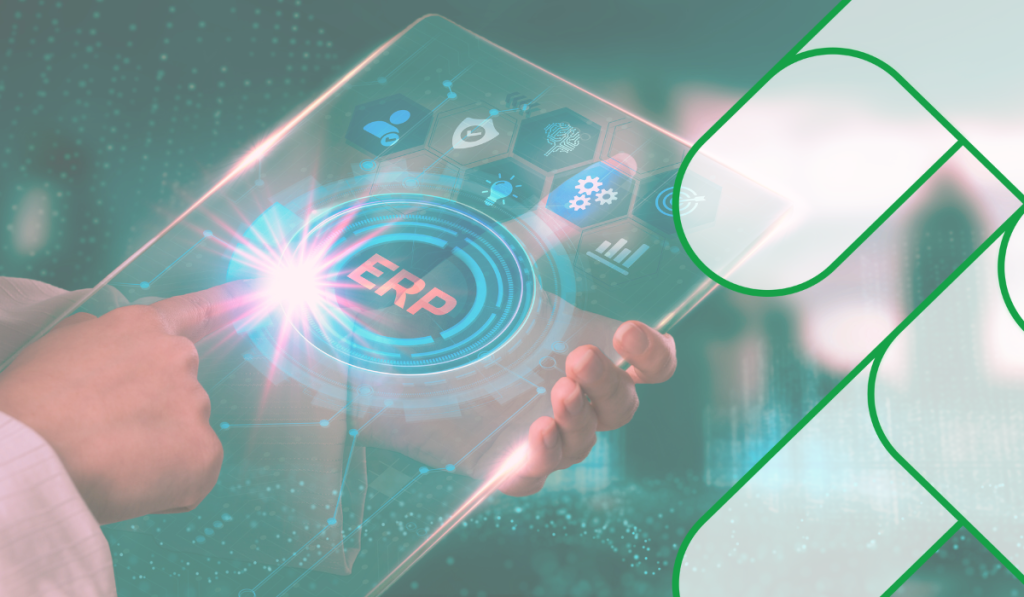Before moving forward with an application modernization roadmap, businesses must know the alternatives to legacy application modernization. The obvious alternative is to develop new applications from scratch. However, this can be a difficult and expensive proposition for small and medium businesses with limited resources. Large organizations with vast resource banks can explore completely redesigning their IT infrastructure, but even this can be problematic. For most companies, legacy application modernization is a perfect balance between keeping the benefits of older software while making them more compatible with modern IT environments and needs.
Once businesses commit to updating older software, they must design an application modernization strategy. There are numerous ways to conduct legacy application modernization, including techniques like re-platforming, re-hosting, re-factoring, and re-architecting. These techniques involve technologies like cloud computing, AI and automation, orchestration tools, microservices architectures, and containers. Each of these techniques and technologies requires immense technical knowledge and skills, which means enterprises should ideally commission app modernization services from experts rather than experiment with doing it in-house.
Re-platforming
Re-platforming involves lifting and shifting an application from its existing environment to a new platform with minimal changes to its code. The goal is to take advantage of a modern operating environment without a complete redesign of the application’s core architecture. This technique is particularly effective for businesses looking to migrate their applications to cloud platforms to benefit from scalability and cost efficiencies. Re-platforming often involves changes like modifying the application’s data layer to work with cloud-native services, which can enhance performance and reduce operational costs.
Re-hosting
Re-hosting, often referred to as “lift and shift,” is a technique where an application is moved from one environment to another without changes to its code, features, or functions. This approach is typically used for migrating applications to the cloud without any redesign or significant modification. It is a quick and cost-effective way for businesses to start utilizing cloud infrastructure while keeping their existing investment in software. Re-hosting is ideal for companies needing immediate results from cloud migration, with more complex optimizations and redesigns potentially planned for the future.
Re-factoring
Re-factoring is the process of altering an application’s internal code and structure without changing its external behavior and functionality. This technique is often used to clean up legacy code and make it more efficient and maintainable. In the context of application modernization, re-factoring can also involve modifying the code to make better use of new cloud-native features and capabilities, such as auto-scaling, serverless computing, and dynamic load balancing. Re-factoring enables businesses to optimize applications gradually, improving performance and reducing costs without disrupting the user experience.
Re-architecting
Re-architecting an application involves significant changes to its existing architecture to fully utilize modern technologies and methodologies, like microservices and continuous integration/continuous deployment (CI/CD) pipelines. This approach is more comprehensive than re-factoring and can involve breaking down a monolithic application into microservices, which can be developed, deployed, and scaled independently. Re-architecting is suitable for applications requiring scalability, flexibility, and improved performance that current architectures cannot support. This technique allows companies to innovate faster and meet market demands more effectively, albeit at a higher cost and complexity than simpler modernization strategies.
By integrating these modernization techniques into their strategies, businesses can rejuvenate their legacy applications and infrastructure, ensuring they meet contemporary standards and effectively support their operational goals.
A third-party tech partner is also invaluable because they conduct assessments of a business’s IT environments to understand the nuances of legacy applications and identify the best ways to optimize and modernize them. Experts like rinf.tech can make legacy application modernization a smooth and transformative journey for enterprises.







